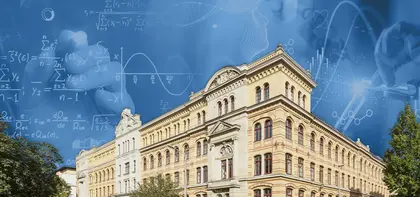
Numerical and Probabilistic Nonlinear Algebra
The goal of this group is to develop and establish numerical and probabilistic methods for problems in nonlinear algebra. The focus of the group lies both on the theoretical foundations and on applications in the sciences. We aim to solve complicated problems in nonlinear algebra by applying mathematical theories and developing dedicated software.
An important task in the mathematics of data is to identify geometric structures underlying the data. When the geometry of data is defined by polynomials, methods from nonlinear algebra can exploit the algebraic structure to extract information. An example of this is molecular geometry: the state space of a molecule is defined by constraints on the distances between single atoms. These distances give rise to polynomial equalities and inequalities. Numerical and probabilistic methods in nonlinear algebra can be used to explore such state spaces and to compute quantities of interest. This is an example from the sciences [1]. In this group we want to study another example: algebraic structures in computer vision.
Numerical and probabilistic methods in nonlinear algebra can also be applied in more theoretical contexts. An example of this is the article [2], where we contribute to the so-called Steiner's conic problem. For this, the application of numerical algorithms was essential for obtaining rigorous proofs. Furthermore, considering probability in algebra provides new insights about the geometric structure of problems. In this group we want to study the classical subject of Schubert Calculus from the probabilistic perspective.
[1] Breiding, Paul: An algebraic geometry perspective on topological data analysis
SIAM news, 53 (2020) 1, p. 5-5
[2] Breiding, Paul; Sturmfels, Bernd and Timme, Sascha: 3264 conics in a second
Notices of the American Mathematical Society, 67 (2020) 1, p. 30-37